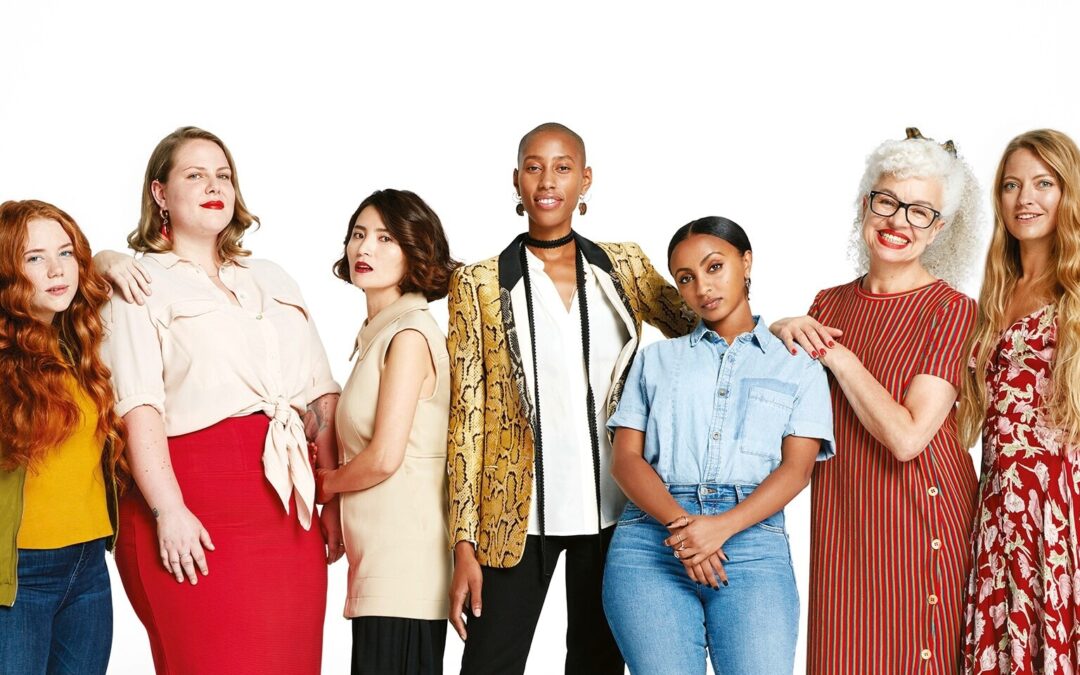
Earned First, Conceptual Thinking
Why Earned First Conceptual Thinking Matters So Much
In a world where social feeds are oversaturated, algorithms are smarter, and attention spans are shorter than ever, earned-first conceptual thinking isn’t just a creative flex—it’s a strategic necessity. It’s also a strategy that’s been around for well over a decade!
What Is Earned-First Conceptual Thinking?
Earned-first conceptual thinking, also called “social first” is the art of crafting bold, social-first ideas that don’t rely on paid media to gain traction. These are ideas so strategic, culturally relevant, or emotionally resonant that they connect with your audience and earn attention organically—through shares, comments, press coverage, memes, or DMs.
Think of it as the creative sweet spot where big ideas meet internet instincts. You don’t shout into the void with an ad. You spark a movement, a trend, a moment. And people pay attention—not because you paid them to, but because it’s genuinely worth their time.
In 2025, marketing trends are turning back time to earned-first marketing to get an edge, build loyalty, amplify brand voice, and stretch budgets without sacrificing reach.
For Small businesses, you’re going to want to spend a little time thinking about what really sets you apart from your competition, and create fresh ideas instead of quick posts.
Why It Matters in Today’s Social Media Landscape
Paid media still has its place, but the landscape has shifted significantly
- Trust in traditional advertising is at an all-time low.
- Users are curating their feeds and tuning out anything that feels overly promotional.
- Platforms reward content that drives engagement and conversation.
- So if your content doesn’t earn attention naturally, it gets buried in the noise.
Earned-first thinking aligns with how people consume and share content in 2025—quickly, emotionally, and socially. It gives your brand the power to break through without buying your way in.
5 Brilliant Examples of Earned-First, Conceptual Thinking
Dove – “Real Beauty Sketches” (yes, it’s from 2011—and it’s still memorable!)
Concept: Explore the contrast between how women see themselves vs. how others see them, using a forensic artist.
Why It Worked: This emotionally driven piece challenged beauty standards and sparked massive online dialogue. No hard sell—just a powerful, heartfelt concept that naturally went viral.
Aviation Gin – “The Peloton Ad Response”
Concept: Within days of Peloton’s controversial holiday ad, Aviation Gin responded with a tongue-in-cheek sequel featuring the same actress.
Why It Worked: It rode the cultural wave with perfect timing and self-aware humor. No paid campaign needed—it was picked up by every major outlet and dominated feeds everywhere.
Spotify Wrapped – “Your Year in Music”
Concept: Personalized, visually engaging recaps of each user’s listening habits.
Why It Worked: People couldn’t wait to share their results. Spotify didn’t promote it—users did the work for them. It’s become a December tradition, earning massive social buzz every year.
Oatly – “Wow, No Cow” + Billboard Rollouts
Concept: Cringe-worthy music videos. Billboards that say almost nothing. A self-aware, anti-advertising tone.
Why It Worked: By leaning into awkwardness and simplicity, Oatly gave the internet something weirdly wonderful to talk about. It didn’t just advertise—it created a vibe.
Duolingo – The TikTok Owl Goes Wild
Concept: Let the owl mascot take on Gen Z humor and chaos, completely in tune with platform culture.
Why It Worked: Irreverent and unhinged in all the right ways, Duolingo earned a cult following by not taking itself too seriously. Proof that embracing weird can win big.
How to Think Earned-First in Your Own Strategy
You don’t need a Super Bowl budget. You need big ideas with internet energy. Here’s how:
- Start with culture, not campaigns. What’s trending? What’s funny? What’s making people feel something?
- Make the audience the hero. Think user-generated content, personalization, or community-driven storytelling.
- Design content for screenshottability, shareability, and saveability. That’s what performs.
- Be brave. Earned-first content usually involves a little risk. You might need to go there—emotionally, humorously, or culturally.
- Act fast. Especially with reactive or real-time content, speed wins.
Social First Ideas for Small Businesses
Go Live with Purpose
Go live once or twice a month:
- Tour new arrivals
- Host Q&A with a staff member
- Share styling or gift tips
- Do giveaways with a local biz bestie
Cross-Promote with Local Collaborators and Tap into shared audiences by teaming up with:
- Nearby coffee shops, gyms, or salons
- Local influencers or stylists
- Other retailers for seasonal bundles or giveaways
Make it Interactive
If you want to see results, engage your people:
- Use Polls in Stories
- Ask Me Anything boxes (e.g. “Need a gift idea? Ask us!”)
- “This or That” product comparisons
- UGC prompts: “Tag us in your ____ and we’ll share it!”
Offer Social-Only ExclusivesCreate urgency and reward followers:
- “Only on Insta” flash sales
- Secret Story-only discount codes
- Limited edition pre-orders
Weekly Call to Action (CTA)
Don’t post just to post! Instead, each week, rotate between CTAs like:
- Visit in-store
- DM for a personal styling tip
- Share their purchase
- Tag a friend
- Sign up for a local event
Measure What Matters. Monthly, track:
- Engagement rate (likes, comments, shares, saves)
- Follower growth
- Website clicks / link in bio actions
- In-store “heard from Instagram” mentions
Final Thoughts
Earned-first conceptual thinking isn’t about ditching strategy—it’s about supercharging it with bold, sticky, social-first ideas. When you create something people genuinely want to talk about, you don’t just get views. You get traction, loyalty, and momentum.
So the next time you’re planning your content strategy, ask:
“Would anyone share this if we didn’t boost it?”
If the answer is no—it’s time to think “earned-first.”
Next up, while we’re on the topic of focusing on customers, read about the customer journey right here.
